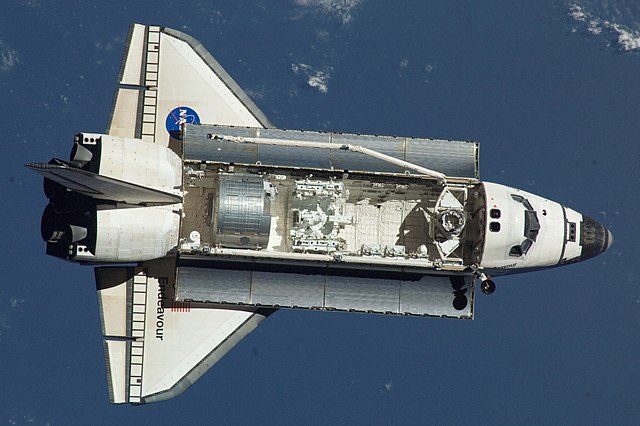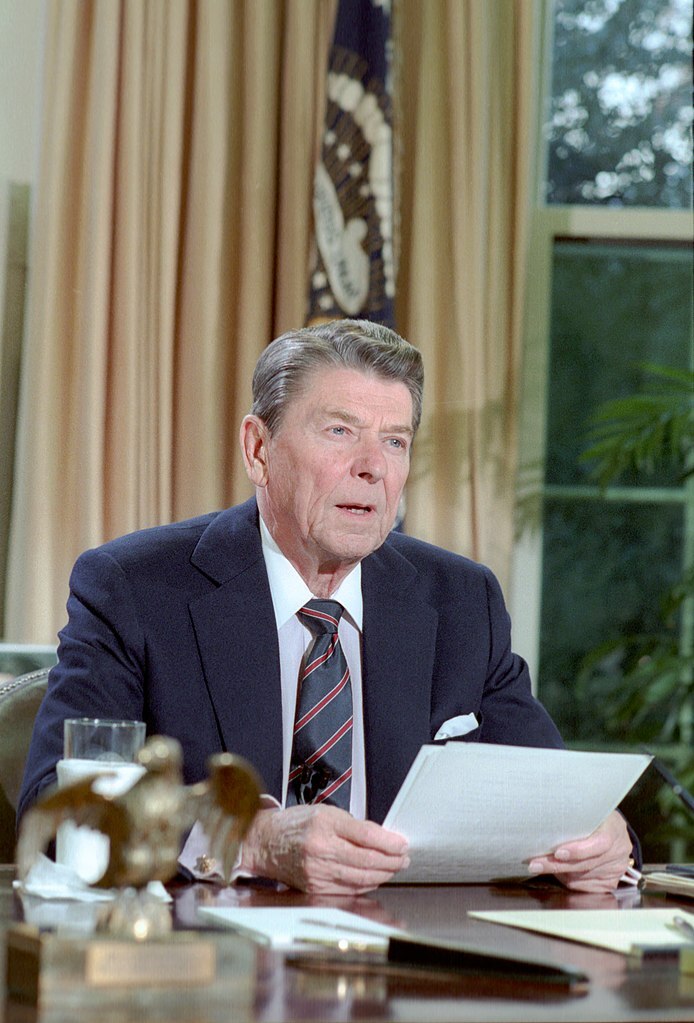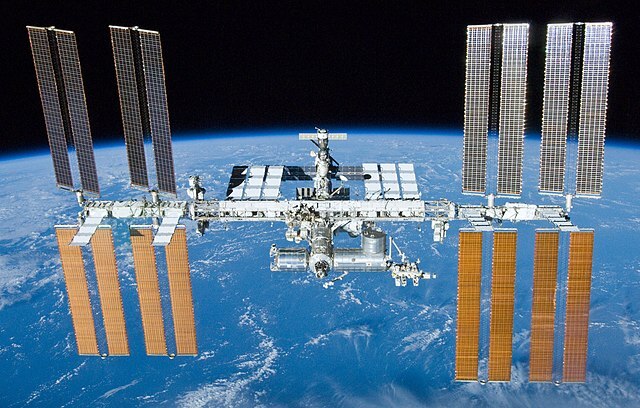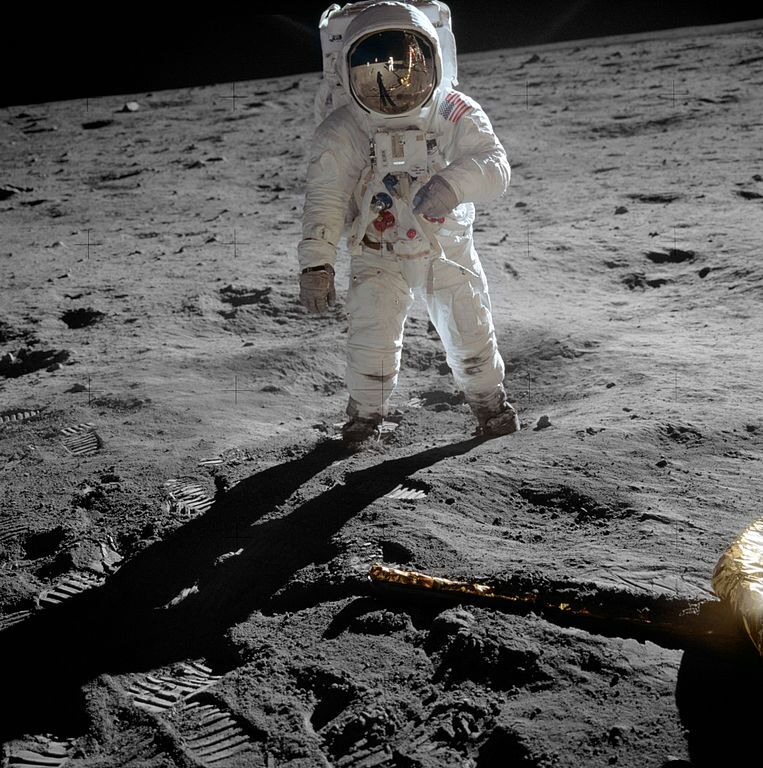Many of us remember the moment the first space shuttle was launched. It was four decades ago on a sunny day in mid April. Even though the program officially started in the early 1970s, it was this moment in 1981 that NASA was reaching for their main goal, reducing the cost to get into space.

Dave Hostetter, the former curator of the Lafayette Science Museum's Planetarium says, "Previously all piloted space missions had been designed for one mission. One rocket, one mission. So the idea was to build a reusable spacecraft to try to bring the price down."
Hostetter wasn't just ready for the launch, he had a unique view of the first shuttle. "It (re-entry) was going to be visible from Acadiana." He adds, "I remember getting up before dawn on the morning it was landing, and driving south of Abbeville to a dark area where there were clear horizons. And yep! There it went, so I saw it on the very first flight and I was excited about that."
On Space Shuttle Columbia were astronauts John Young, who previously walked on the moon, and Robert Crippen who was making his first of four trips to space.

For the next several years, the space shuttle program added more spacecrafts and larger crews. They conducted research, and deployed satellites and telescopes. By the mid 1980s, the program was launching almost monthly. NASA even decided to put a teacher in space. Hostetter says, "I think NASA had always planned on putting real people on the space shuttle. It wasn't just put a teacher in space. They talked about putting a journalist, artists, or poets up there. Because the concept was that it wold become a routine type of flight."

Then on a cold day in January, tragedy strikes. The space shuttle Challenger was lost, just after takeoff. President Ronald Reagan saying later that day in part, "We will never forget them, nor the last time we saw them, this morning, as they prepared for their journey and waved goodbye and slipped the surly bonds of Earth' to touch the face of God."

Hostetter adds, "This had to do with pressure to meet a schedule, some fairly bad decision making, some design flaws, and a lot of other things. It was a really bad day."

All were killed when the shuttle disintegrated over Texas in February 2003.
But they picked up again, and more successful flights followed. Then in 2003, the original shuttle, Columbia, along with a crew of 7, met it's fate. Hostetter was again waiting for re-entry. "I was waiting for it to go by, because it would have been visible in Acadiana, before landing at Kennedy Space Center about eight minutes later. And the time for it being there came and went. I thought, this isn't right. Something is wrong." He described it as heartbreaking.
But success is still the big story. We wouldn't have the International Space Station without the shuttle. And thanks to the Shuttle Program and the ISS, your life on Earth is better.

"There are shuttle base materials that are in cars and trucks." Hostetter says, "There's a new heart valve that is directly derived from fuel pumps of the Space Shuttle. There are people alive today because of the Space Shuttle. And we can't forget about communication satellites."
The shuttle program officially retired in the summer of 2011 with 135 missions. So where do we go now? The moon? Maybe Mars?

"I really think there's a pretty good chance we'll be back on the moon by the end of the decade. I don't know if we'll make the goal of 2024. That's going to be tough, but it's possible and they haven't given up on that yet. Mars, I think is somewhat far into the future, although I understand Elon Musk disagrees with me." chuckles Hostetter.


